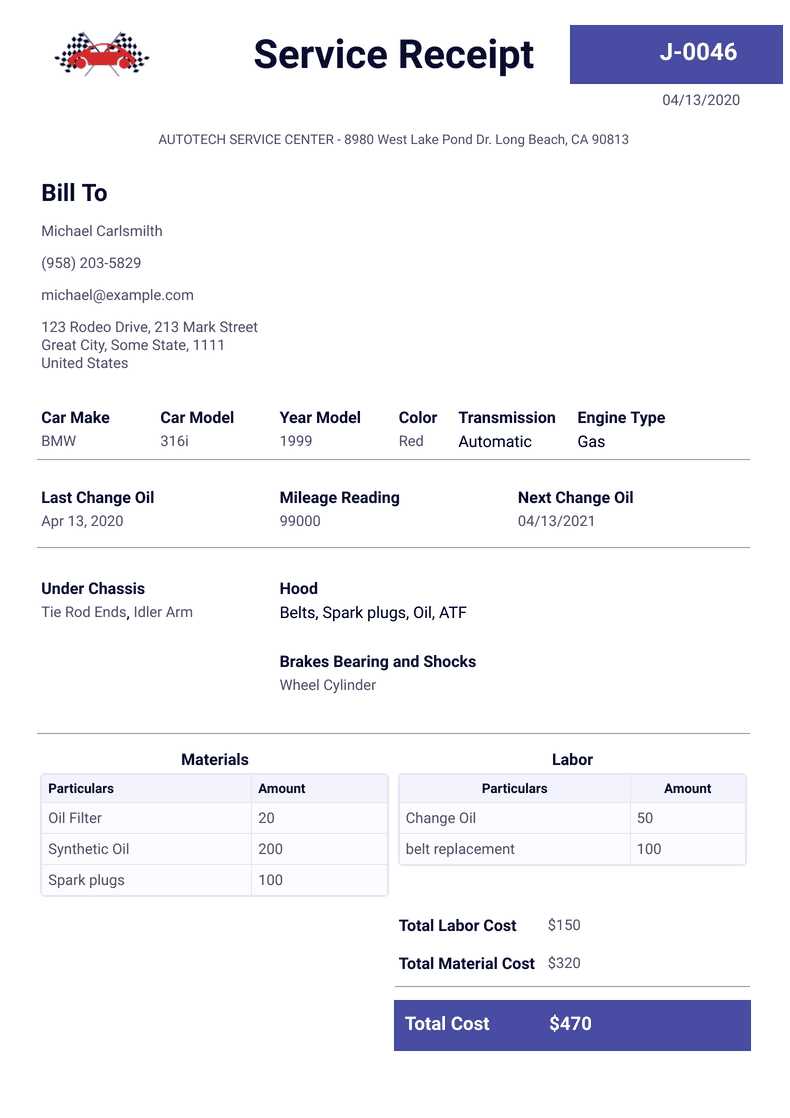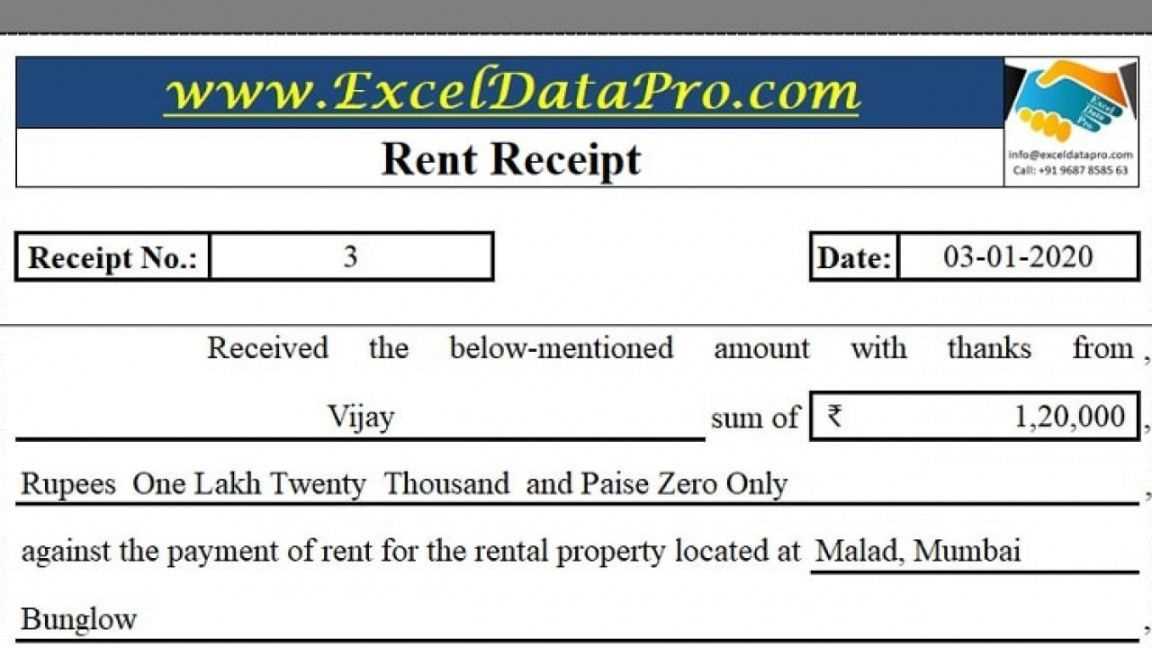
Essential Details to Include
A clear and well-structured car receipt should include key information to avoid misunderstandings. List all necessary details:
- Buyer and Seller Information: Full names, addresses, and contact details.
- Vehicle Details: Make, model, year, VIN, mileage, and color.
- Transaction Date: Specify the exact date of sale.
- Payment Details: Total amount, payment method, and any deposits.
- Statement of Sale: A declaration that the vehicle is sold “as-is” unless otherwise stated.
Simple Receipt Format

Use the following structure for a straightforward receipt:
Car Sales Receipt Seller: [Full Name] Address: [Street, City, ZIP] Phone: [Number] Buyer: [Full Name] Address: [Street, City, ZIP] Phone: [Number] Vehicle Details: Make/Model: [Car Make and Model] Year: [Year] VIN: [VIN Number] Mileage: [Miles/Kilometers] Color: [Color] Sale Date: [MM/DD/YYYY] Total Price: $[Amount] Payment Method: [Cash/Check/Bank Transfer] The vehicle is sold in its current condition. The seller confirms they have received full payment. Seller Signature: ________________ Date: ________________ Buyer Signature: ________________ Date: ________________
Additional Tips

Make two copies–one for the buyer and one for the seller. If applicable, notarizing the document can add an extra layer of security. Always verify that all information is accurate before signing.
Simple Car Receipt Template
Essential Elements to Include in a Vehicle Receipt
How to Structure an Auto Receipt for Clarity
Printable and Digital Versions of a Receipt

Include the full names and contact details of both buyer and seller. List the vehicle’s make, model, year, VIN, and mileage. Specify the sale price, payment method, and date of transfer. Clearly state that the vehicle is sold “as-is” unless otherwise agreed.
Organize the receipt with distinct sections for clarity. Use bullet points or tables to separate vehicle details, transaction information, and signatures. Keep language concise and avoid unnecessary legal jargon.
Provide both printed and digital versions for record-keeping. A scanned copy of a handwritten receipt ensures authenticity, while a digital PDF simplifies sharing and storage.
